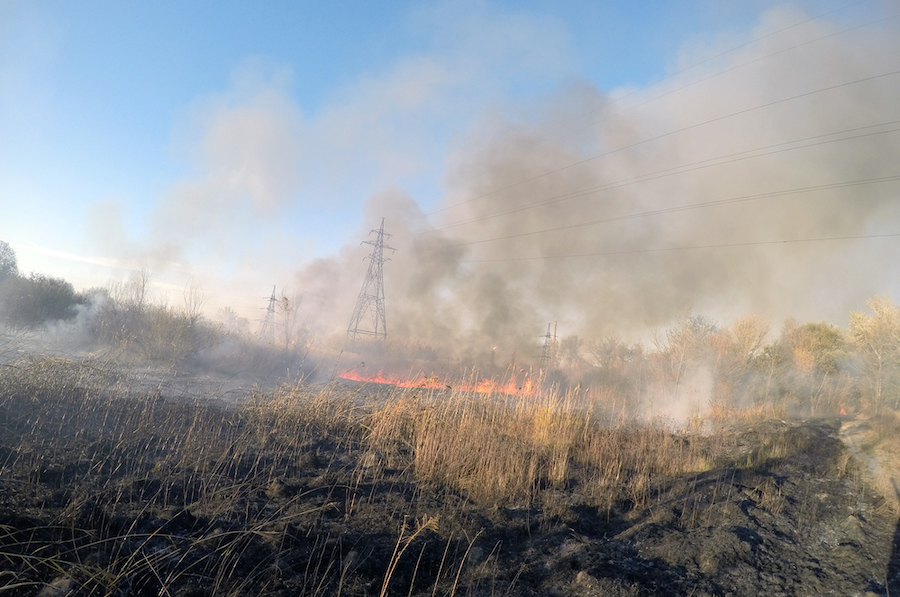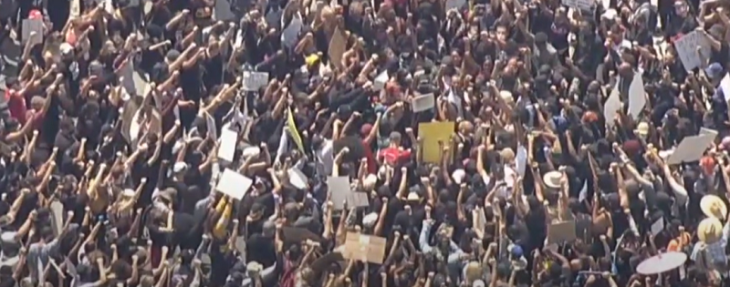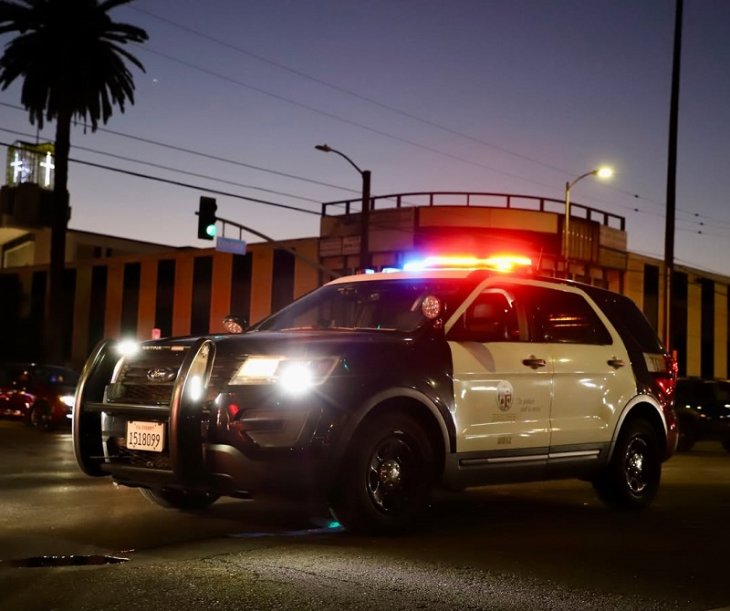By Tom Elias, Brentwood News Columnist
The utility company blackouts that accompanied the first severe blast of the fall fire season in October quickly became the signal events of Gov. Gavin Newsom’s first year in office, triggering the most heated public response and causing more public inconvenience than any others.
Those outages by Pacific Gas & Electric Co. and the Southern California Edison Co. among other things demonstrated how far Newsom still must go to solve the problem he identified as California’s largest back when he was a mere candidate – income inequality.
Not that Newsom didn’t try to mitigate that problem. He spurred state legislators to pass widespread rent control, encouraged incentives to build more affordable housing, expanded Medi-Cal health care coverage and signed many more new laws aiming to benefit middle and lower income Californians more than the upper crust.
But while he did that, financial inequality grew in California during Newsom’s first year, the rich gaining even more of an edge over their middle class and poor compatriots. The blackouts put those differences in bas relief.
For the knowledge they were coming spurred thousands of Californians to buy solar panels and gasoline-powered electric generators that could keep their homes going – even if only sporadically in many cases – through the blackouts. Those became longer and more widespread than any outages during the energy crunch of the early 2000s, which put the first nails in the political coffin of recalled former Gov. Gray Davis.
With millions of Californians unable to afford basic needs like rent, food and medicines, generators that can cost thousands of dollars and solar panels that often run $20,000 or more for a single home were not on the radar of most Californians outside the upper income levels.
And yet, Newsom’s going along with the plans of PG&E and Edison for those outages, even in places where high, hot winds never occurred, exacerbated the existing economic differences he bemoans.
His tolerating those plans – until they were actually carried out, when he pronounced them “intolerable,” – established him as even more of a utility company ally than he was during July, when he helped arrange the new state Wildfire Fund that may eventually provide more than $20 billion to cover electric company liabilities in future fires. The money will come largely from a monthly charge to electric customers.
So the blackouts, especially their extremely wide range in Northern California, could eventually cause political problems for Newsom. He’s tried to head this off by disapproving PG&E’s proposed $13.5 billion settlement with fire victims.
Meanwhile, actions Newsom spurred on housing probably won’t resolve that problem, either. By working to force housing expansion everywhere, Newsom assured that a great share of any new units won’t be affordable to many first-time buyers, even if they carry the “affordable” label.
When cities like Newport Beach work to create hundreds of new dwellings, they must deal with land prices far above those in desert or other inland areas, including the Central Valley. So “affordable” housing usually sells for at least $350,000, well beyond the reach of hundreds of thousands of first-time buyers. That price also excludes virtually all of the homeless.
One constructive move that could help with land prices, though, was creating a new register of vacant or available state-owned lands. If those properties are sold off cheaply and developed, they could help the housing shortage, even if they won’t alleviate homelessness.
Newsom also made constructive moves on gun control, signing several laws previously vetoed by ex-Gov. Jerry Brown, including one Brown vetoed twice that allows increased use of gun restraining orders. Newsom signed a bill allowing child care workers to unionize and another banning smoking in state parks and on most public beaches. He okayed a compromise making charter school finances more transparent, set public school start times an hour later and nixed a measure to end the practice of paying initiative petition carriers for signatures they collect.
But he greatly watered down a public health measure designed to prevent bogus medical waivers from allowing parents to exempt their children from getting vaccinations on false grounds.
All this made Newsom’s first year a mixed bag, preventing a definitive reading on the new governor. Which means Californians will have to stay tuned.
Email Thomas Elias at tdelias@aol.com. His book, “The Burzynski Breakthrough, The Most Promising Cancer Treatment and the Government’s Campaign to Squelch It,” is now available in a soft cover fourth edition. For more Elias columns, visit www.californiafocus.net



























